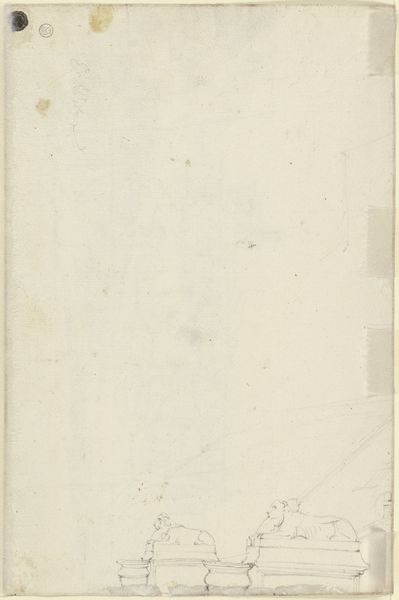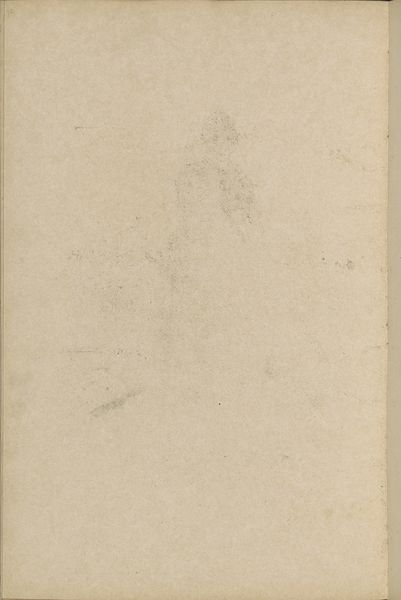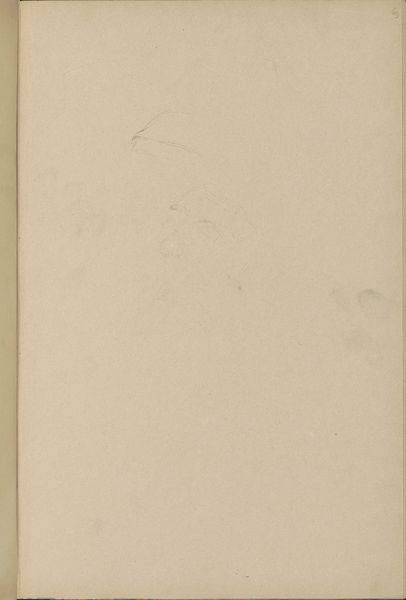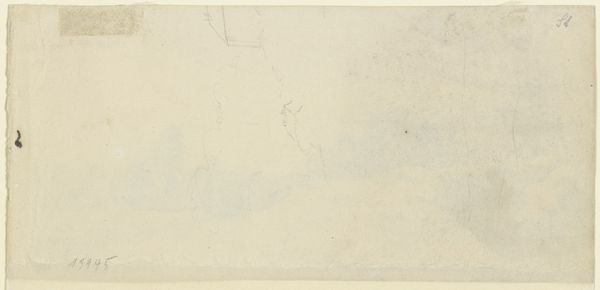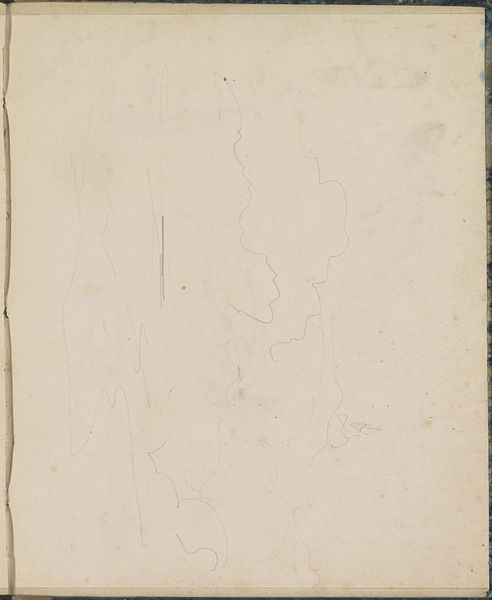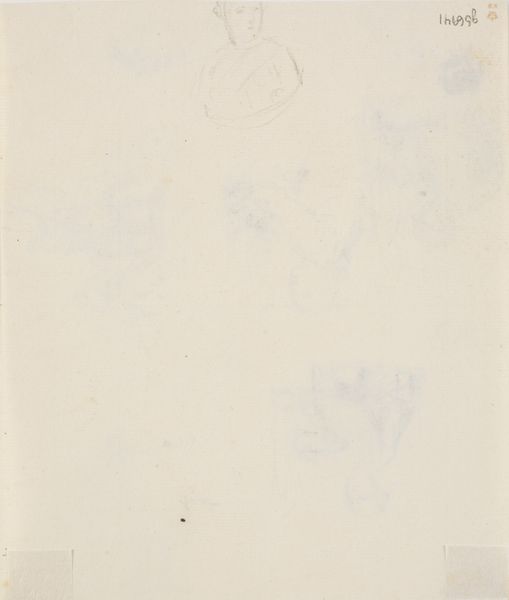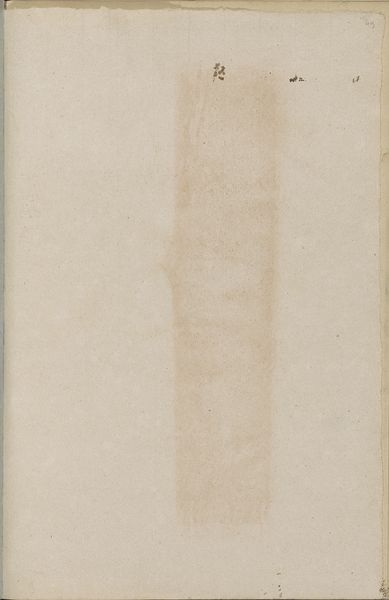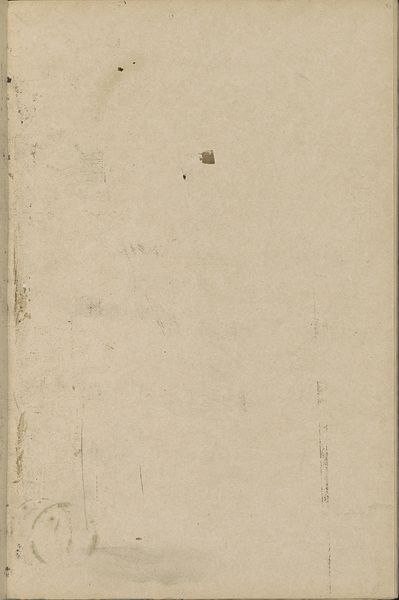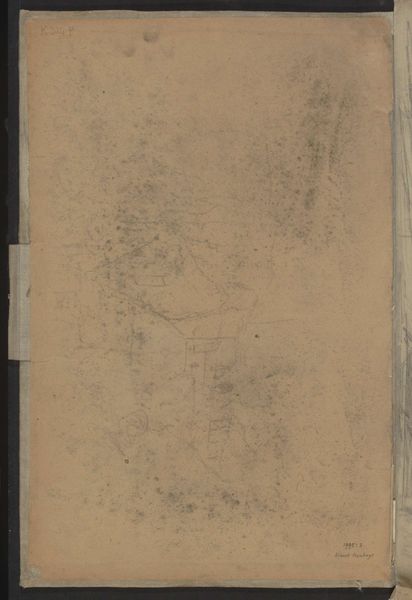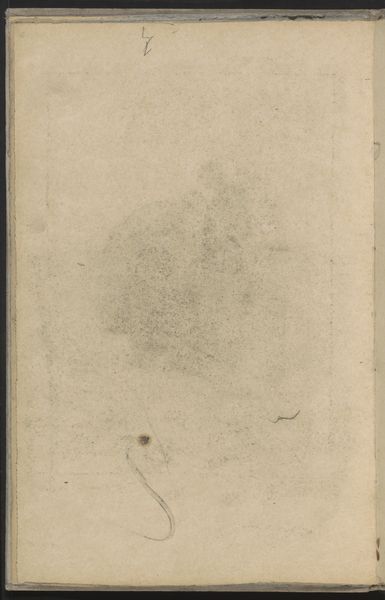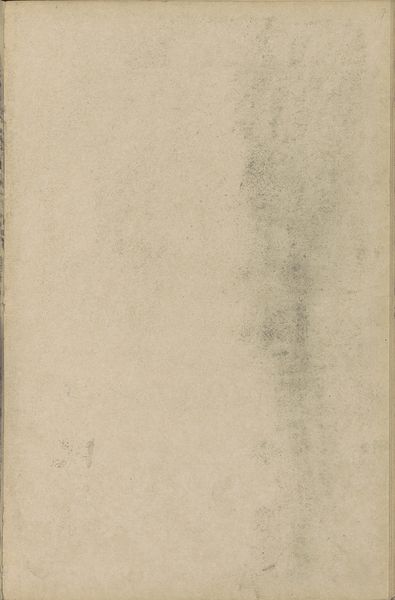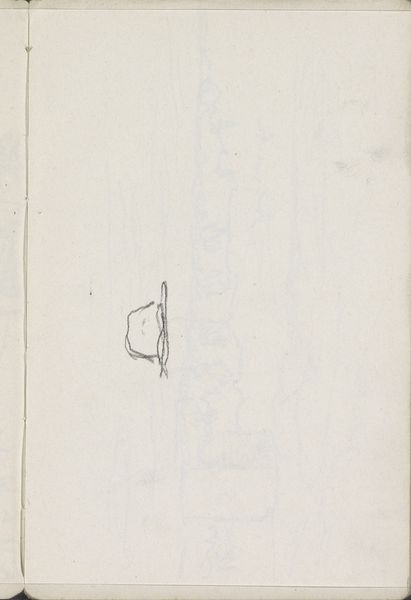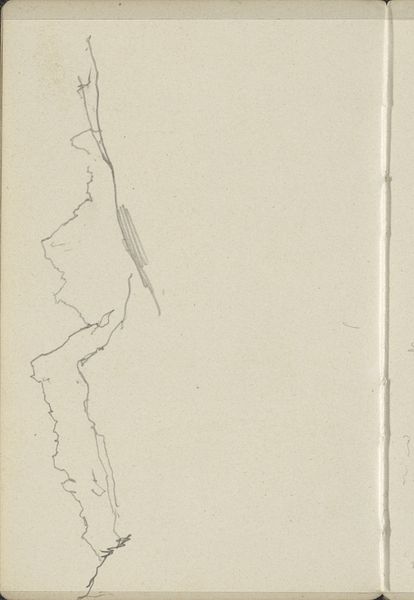
drawing, paper, pencil, architecture
#
drawing
#
16_19th-century
#
landscape
#
paper
#
german
#
pencil
#
watercolor
#
architecture
Copyright: Public Domain
Heinrich Funk created this pencil drawing, Gate in a Wall, in Germany in the mid-19th century. Funk's delicate rendering of a simple architectural feature invites us to consider the social functions of boundaries and thresholds. In 19th-century Europe, walls served not only to define property lines but also to enforce social hierarchies, restricting access and mobility. Gates, then, represent controlled entry and exit points, mediating between public and private spheres. Think of the role of the gatekeeper, a figure of power controlling access to resources and privilege. Funk's choice to focus on this seemingly mundane subject suggests a commentary on the social structures of his time. Was it a critique of exclusion and division? To understand this work fully, historians can turn to archival sources like city plans, social registers, and contemporary writings on urban space. Only then can we reveal the full complexity of its meaning.
Comments
No comments
Be the first to comment and join the conversation on the ultimate creative platform.
